Every Montessori classroom offers a peaceful, prepared environment where children can grow in their own time. But behind this quiet rhythm is a careful, intentional practice—observation. It’s one of the most powerful tools a Montessori guide uses, yet it often goes unseen by those unfamiliar with the approach. For children […]
Read More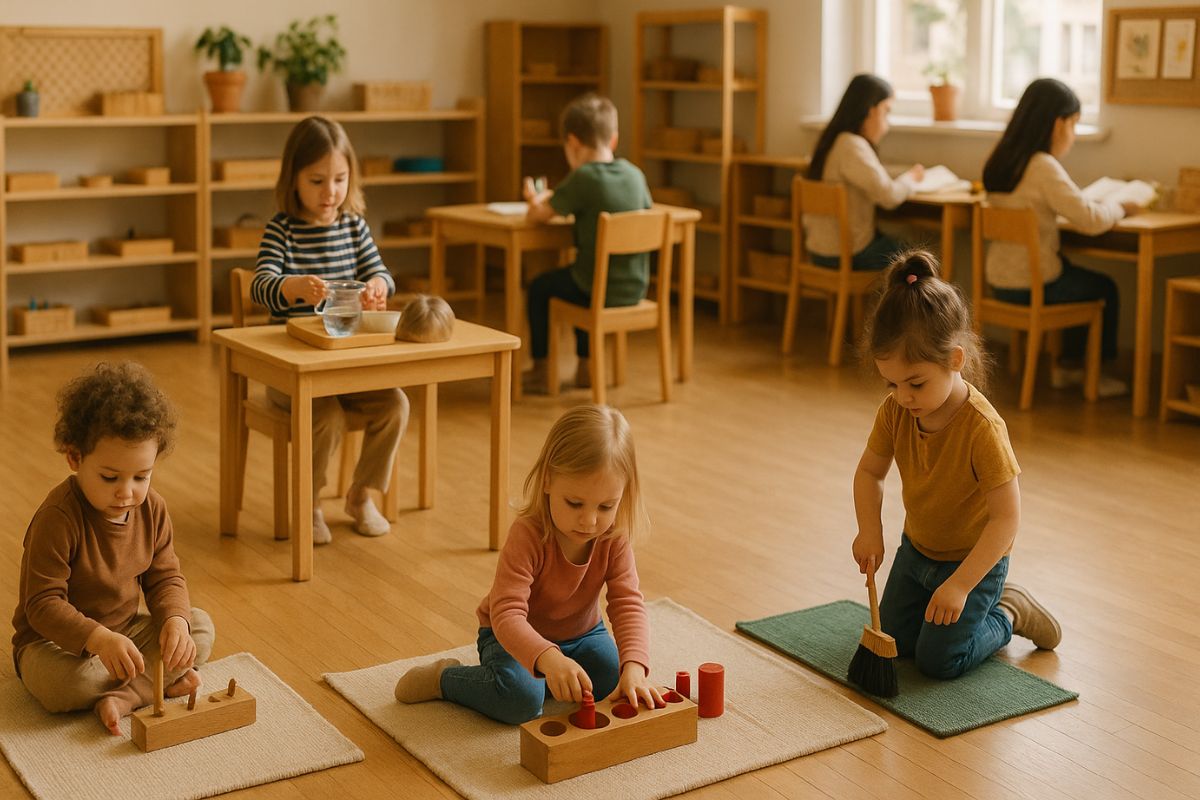
Daily Routines in Montessori for Each Age Group
Children thrive on rhythm. In Montessori environments, daily routines are more than just schedules—they’re intentional frameworks that support growth, independence, and focus. From the youngest toddlers to children preparing for adolescence, each routine reflects the needs of the child at that stage while nurturing their natural desire to learn. Montessori […]
Read More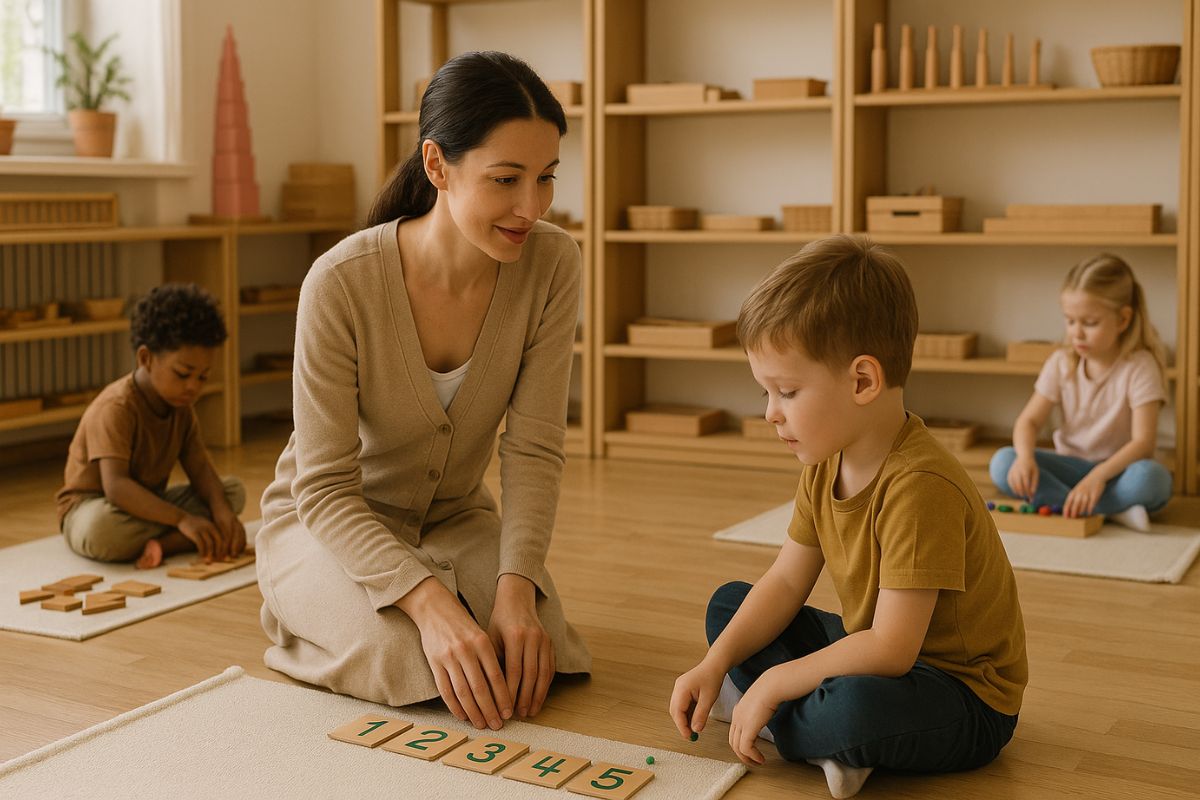
How Montessori Teachers Guide
In a Montessori classroom, the teacher doesn’t stand in front of the room giving lectures. Instead, they move quietly through the space, observing, offering help when needed, and guiding children toward purposeful work. Their role is gentle but deeply intentional. Montessori teachers are trained to watch closely, listen carefully, and […]
Read More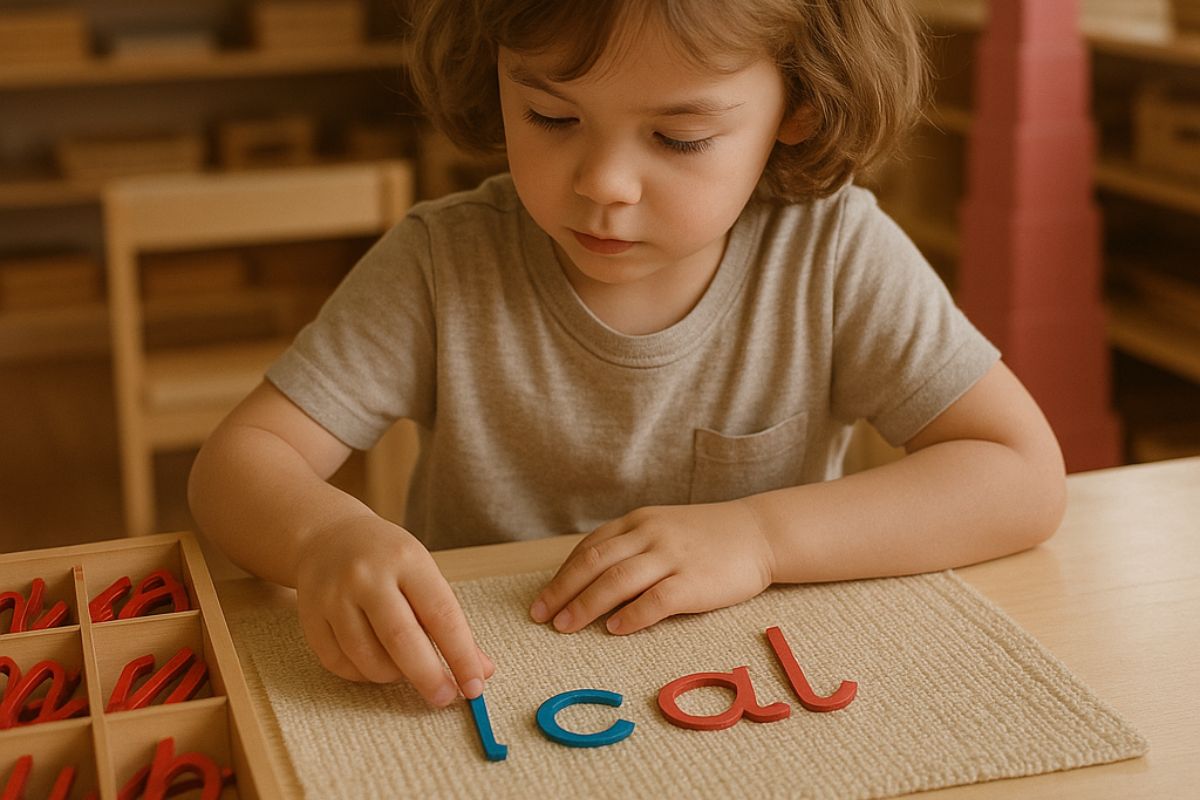
Self-Correction in Montessori Learning
One of the most powerful lessons in a Montessori classroom comes from what the child learns after making a mistake. In this environment, errors are not punished or fixed by the teacher right away. Instead, children are encouraged to notice mistakes, reflect, and try again. This process is called self-correction—and […]
Read More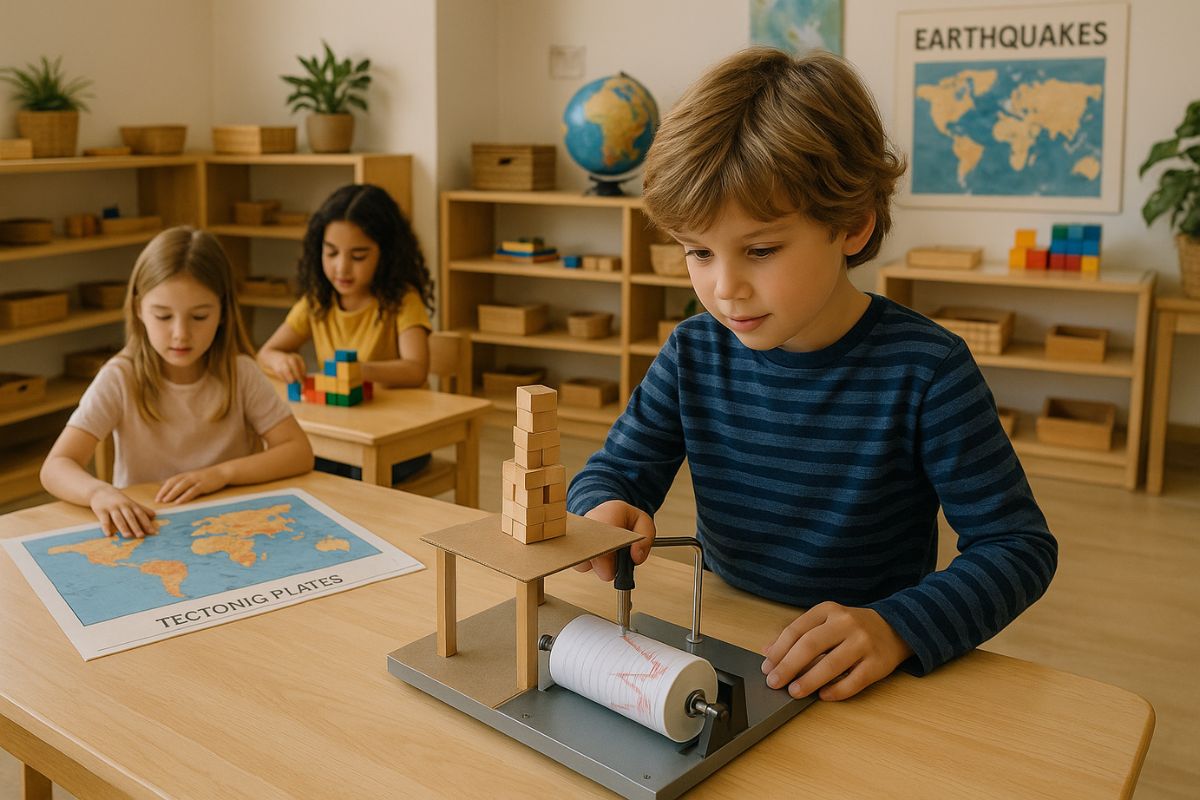
Introducing Natural Science with Earthquake Studies
Children are full of questions. They wonder why the ground shakes, what causes mountains to rise, and how the Earth changes shape. These big questions are perfect entry points for natural science in a Montessori setting. Introducing earthquakes to young learners isn’t about causing fear—it’s about showing them the power […]
Read More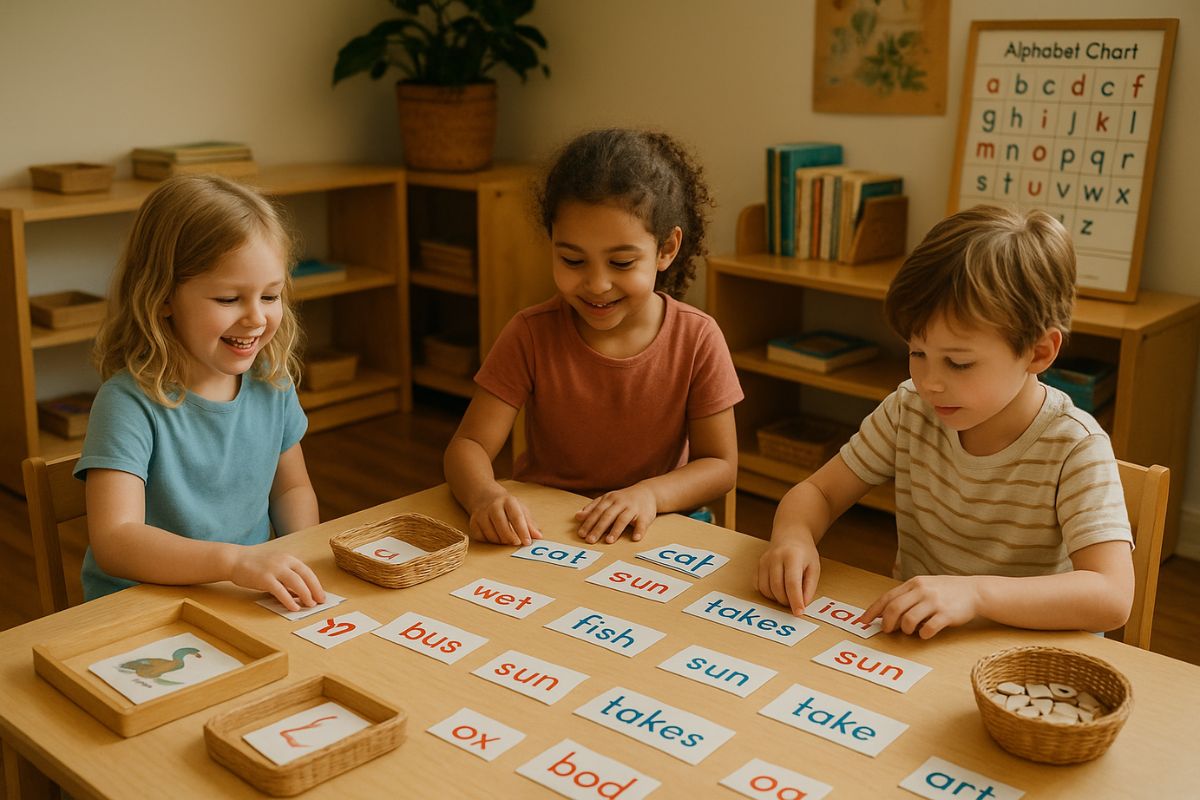
Creative Language Play with Random Words
Children absorb language with a sense of wonder. They don’t just learn vocabulary—they invent, imagine, and twist words in playful ways. In a Montessori environment, this natural tendency toward language exploration is respected and encouraged. When children are given space to play with language, even through random or silly word […]
Read More
How to Introduce Practical Life Activities in Montessori
Young children want to do what adults do. They watch closely, copy movements, and try to take part in everyday life. In the Montessori approach, this natural interest is supported through a key area of the classroom called Practical Life. These activities help children learn independence, care for their environment, […]
Read More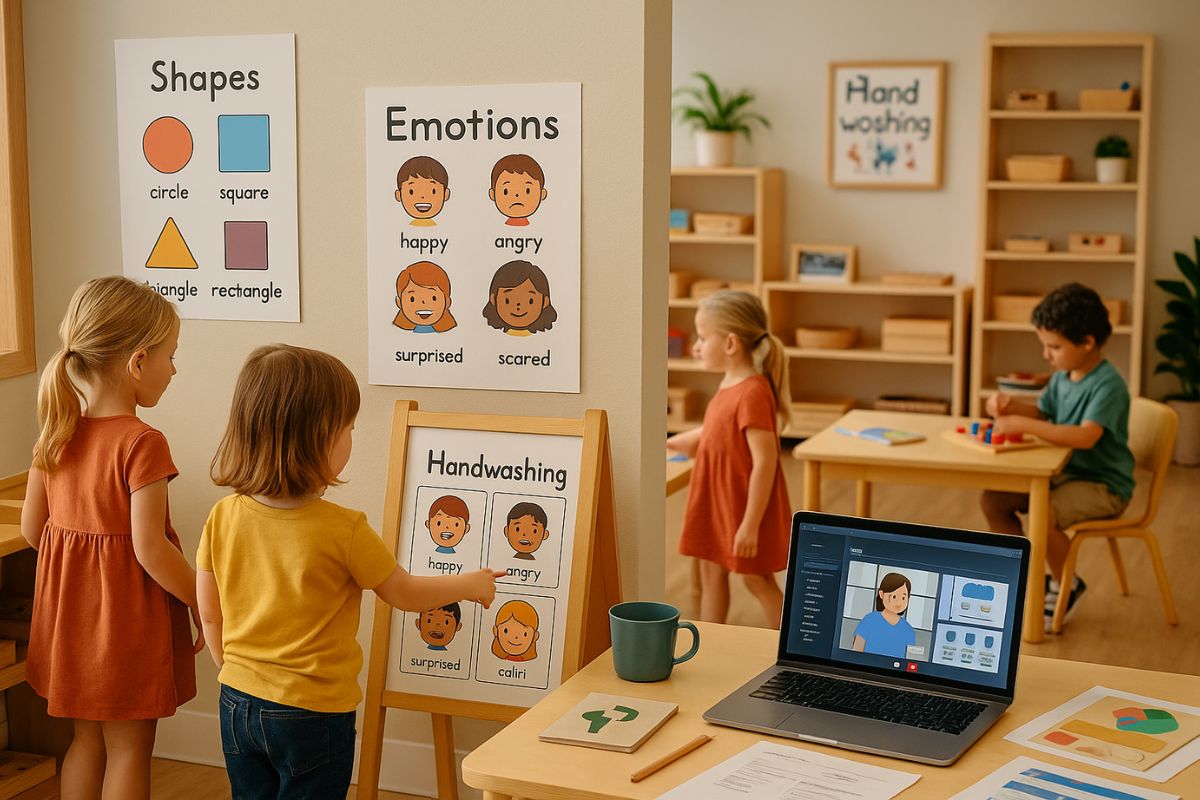
Visual Symbols for Early Learning Environments
In a classroom full of movement and questions, not every child will respond best to verbal instructions. For many young learners, especially those still developing language or navigating new routines, visual symbols offer clarity, comfort, and independence. These simple tools—icons like smiley, images, or color cues—can make a big difference […]
Read More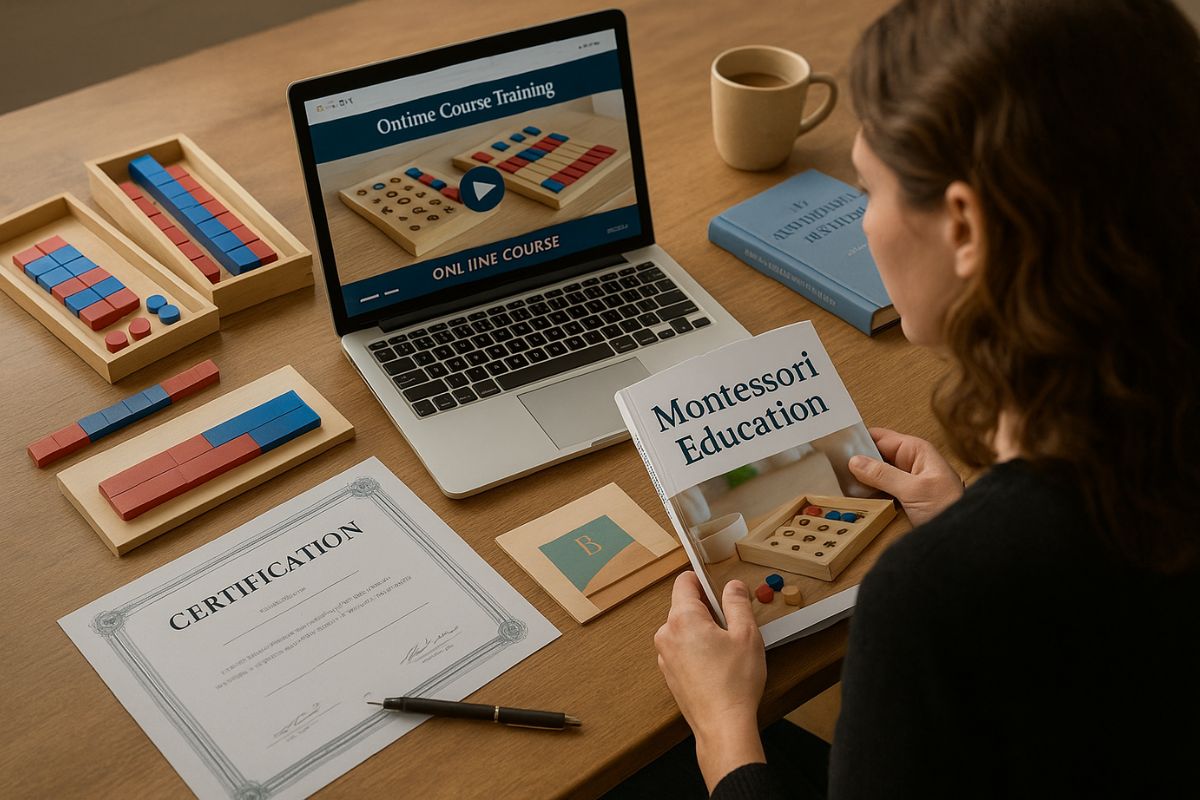
Overview of Certifications and Programs for Aspiring Montessori Educators
Choosing to become a Montessori educator is more than a career move. It’s a calling to nurture curiosity, independence, and lifelong learning in children. But before stepping into the classroom, many aspiring educators find themselves overwhelmed by one big question—how do you get trained? Montessori teaching is not just about […]
Read More
Building Numeracy Skills with Interactive Calculators
Math is more than just numbers—it’s a way of thinking, solving problems, and making sense of the world. For children, especially in early education, learning math should be engaging, hands-on, and meaningful. Montessori educators have long understood this and have used tactile tools to teach math concepts in ways that […]
Read More